We explain what the water cycle is and the different stages it presents. Also, what are its characteristics and importance?
What is the water cycle?
The water cycle or hydrological cycle is the process by which water circulates through the different components of the hydrosphere . The hydrosphere is made up of oceans , rivers , seas, clouds, rain, glaciers, and other media in which water accumulates in its different states.
In the water cycle, water changes state, going from the liquid to the gaseous state and vice versa, and from the liquid to the solid state. state and vice versa.
Being a cycle, it is a process without beginning or end . Therefore, any point can be chosen to describe the beginning of the cycle. For example, all of the following possibilities are correct:
- the water of a lake evaporates, then condenses into clouds, and then precipitates back into the lake.
- The gaseous water in the air condenses into clouds if the temperature drops. drops it solidifies and precipitates as hail and accumulates as ice.
- Groundwater is absorbed by plants and then expelled into the air through transpiration, in a gaseous state it condenses in the air and precipitates and then infiltrates again into underground layers of the soil .
Characteristics of the Water Cycle :
Evaporation and transpiration
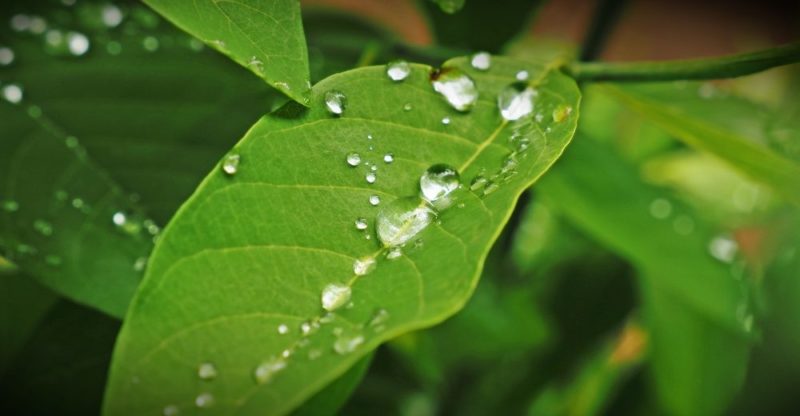 Water can pass into the air from the atmosphere in a gaseous state from two sources:
Water can pass into the air from the atmosphere in a gaseous state from two sources:
- Surface water currents and water mirrors. Liquid water in nature always contains multiple organic and inorganic substances. However, when it evaporates, it does so in the form of a pure molecule . Therefore, evaporation is a natural way of purifying water.
- Perspiration. Living things use water to carry out their metabolism. While many plants can use salt water, most animals , including humans, consume fresh water, that is, that found in rivers and lakes. This water is expelled by organisms either in the form of waste (the urine of animals, which returns to underground or surface currents) or in the form of perspiration. That is, organisms expel water into the atmosphere. in various ways:
- animal sweating
- Breathinganimal
- plant transpiration
Condensation
Water in the atmosphere condenses into clouds or mist.
Precipitation
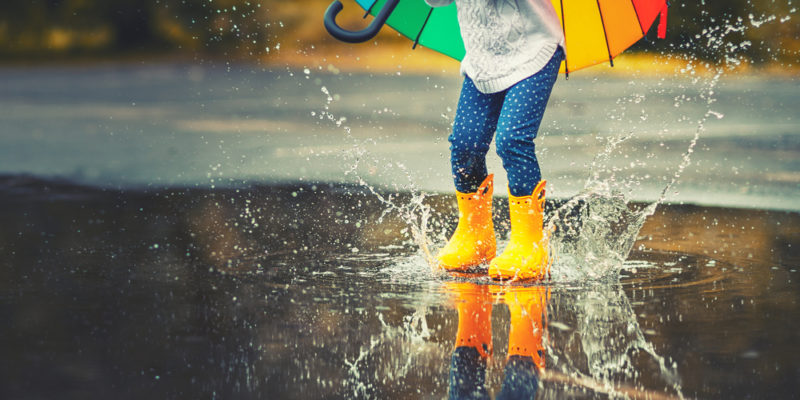
The tiny droplets that form the clouds require a specific temperature and pressure range to remain suspended in the air. When the temperature or pressure decreases, these tiny droplets fall to the ground in the form of:
- rain . The drops come together to form other larger drops, individually visible
- Snow. The drops solidify into groups that form snowflakes.
- Hail. The drops solidify into larger groups, forming ice blocks that fall faster due to their weight.
Surface currents
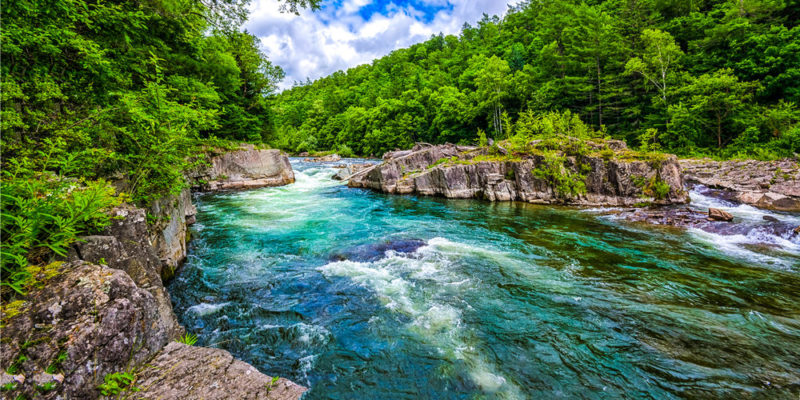
Runoff refers to all the ways in which liquid water slides downhill on the surface of the earth. That is, it refers to streams and rivers .
Runoff is a force that modifies the terrain by causing erosion . That is why most rivers and streams, even seasonal ones, have a marked channel not only on the ground but can also erode rigid surfaces such as stone.
Surface currents also fulfill a biological function , not only because they house plants and animals, but also because they transport organic sediments that are used by various organisms as food or dissemination of their species.
For these reasons, it is of central importance to ecosystems that these streams are not polluted. In addition, the runoff is fresh water , that is, if it is not contaminated, it is drinking water for humans and other animals.
Stored fresh water
The accumulations of fresh water on the surface are ecosystems where plant and animal organisms coexist. . The fresh water they contain comes from rivers, streams, underground sources and rain.
They may be:
- Lakes. Although it is imperceptible, the lakes have a current, since in addition to receiving water, they have an outlet, forming small streams or even rivers.
- Lagoons. The water has no current, that is, it remains stagnant.
Ice and snow
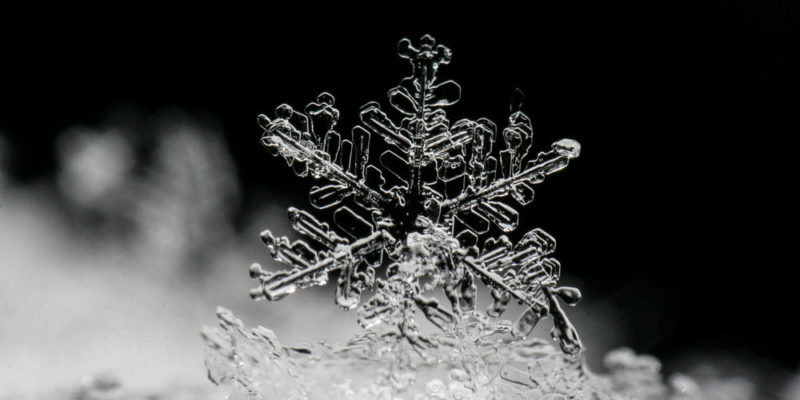
Water turns into ice or snow through the solidification process : when the temperature is below 0 degrees, water turns into ice.
However, if a cloud finds a temperature below 0 degrees at low altitude, snowflakes form, which accumulate on the ground when falling . For snow or ice to accumulate, the ambient temperature where it falls must also be less than 0 degrees.
Infiltration
Various types of soil are porous, that is, there are gaps between their molecules through which water can pass . . The more porous the soil, the more water will infiltrate, passing to underground layers.
Another factor that affects infiltration is soil moisture : when the soil is completely wet and does not have more porous underground layers, water accumulates on the surface.
Underground storage
Beneath the earth there is an erosion of water currents similar to that carried out by runoff on the surface. True underground currents are formed but also storages , either due to the humidity of the substrate, which can be used by the plants, or by forming deposits.
Springs and groundwater discharge
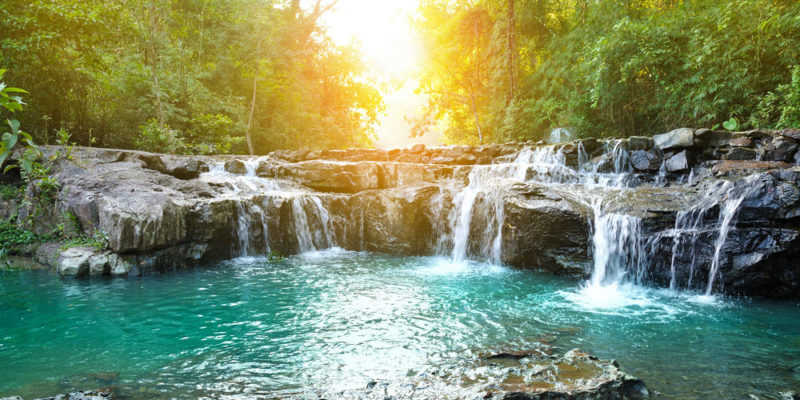
The springs are the outlet of underground currents to the surface or to areas near the surface, which can be used by animals. Since this water has been filtered through the various layers of soil, springs can be sources of drinking water.
On the other hand, underground currents can flow into rivers, lakes or seas , without even coming to the surface.
Seas and oceans
The seas and oceans are the largest reservoir of water on the planet , with approximately 97% of the world's amount of water . However, it is important to point out that this water is not drinkable for humans since it is salt water.
The above content published at Collaborative Research Group is for informational and educational purposes only and has been developed by referring reliable sources and recommendations from technology experts. We do not have any contact with official entities nor do we intend to replace the information that they emit.
Luke is passionate about fostering student involvement and connection. He studied psychology for his major and likes learning about the past. Luke aims to specialize in artificial intelligence and cybersecurity. .
Leave a reply
Your email address will not be published. Required fields are marked *Recent post

Sport: What Is It, Types, Risks, Features, Characteristics and Examples

Dogs: Emergence, Features, Characteristics, Feeding and Breeds

Story: Definition, Elements, Structure, Features and Characteristics

